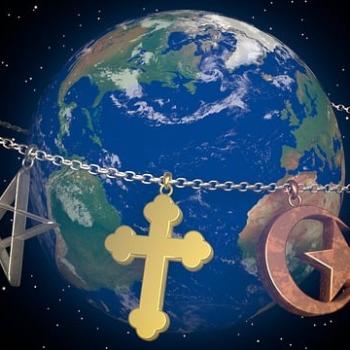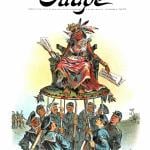Eastern Orthodox folks celebrate Christmas on a different day than we Western Christians do. They don’t go along with the change in the calendar that was orchestrated by Pope Gregory XIII back in 1582 in order to re-align our calendar with the motions of the solar system. The so-called Gregorian calendar was accepted throughout the European-heritage nations by 1752. But the Eastern nations remained under the old Julian calendar.
What I didn’t know is that some Protestants also kept using the Julian calendar. They could be found in Appalachia as late as the 20th century. From the Kairos Quarterly, a publication of an Orthodox monastery in West Virginia, via Trystan Bloom at First Thoughts:
As a Russian Orthodox monastery which observes the Julian, or “old”, calendar, we were surprised to learn about Appalachian “Old Christmas”, which is a most solemn and reverent time for families living in the mountains. The initial change-over from the Julian calendar to the Gregorian calendar by the British Empire and the American colonies in 1752 caused a difference of eleven days. Thus, the date of “new” Christmas on December 25th was eleven days ahead of “old” Christmas, which fell (at that time) on January 5th. Some Protestants refused to honor the new calendar because it was decreed by the Pope, so their celebration of Christmas remained on the Julian calendar – which now falls on January 7. In the Appalachian Mountains, the celebration of Old Christmas remained until about World War I. Though they might also observe ‘new’ Christmas on December 25th, the festivities were very different. December 25th was marked with revelry and parties and visiting, but January 6th was primarily a reverent family observance.












